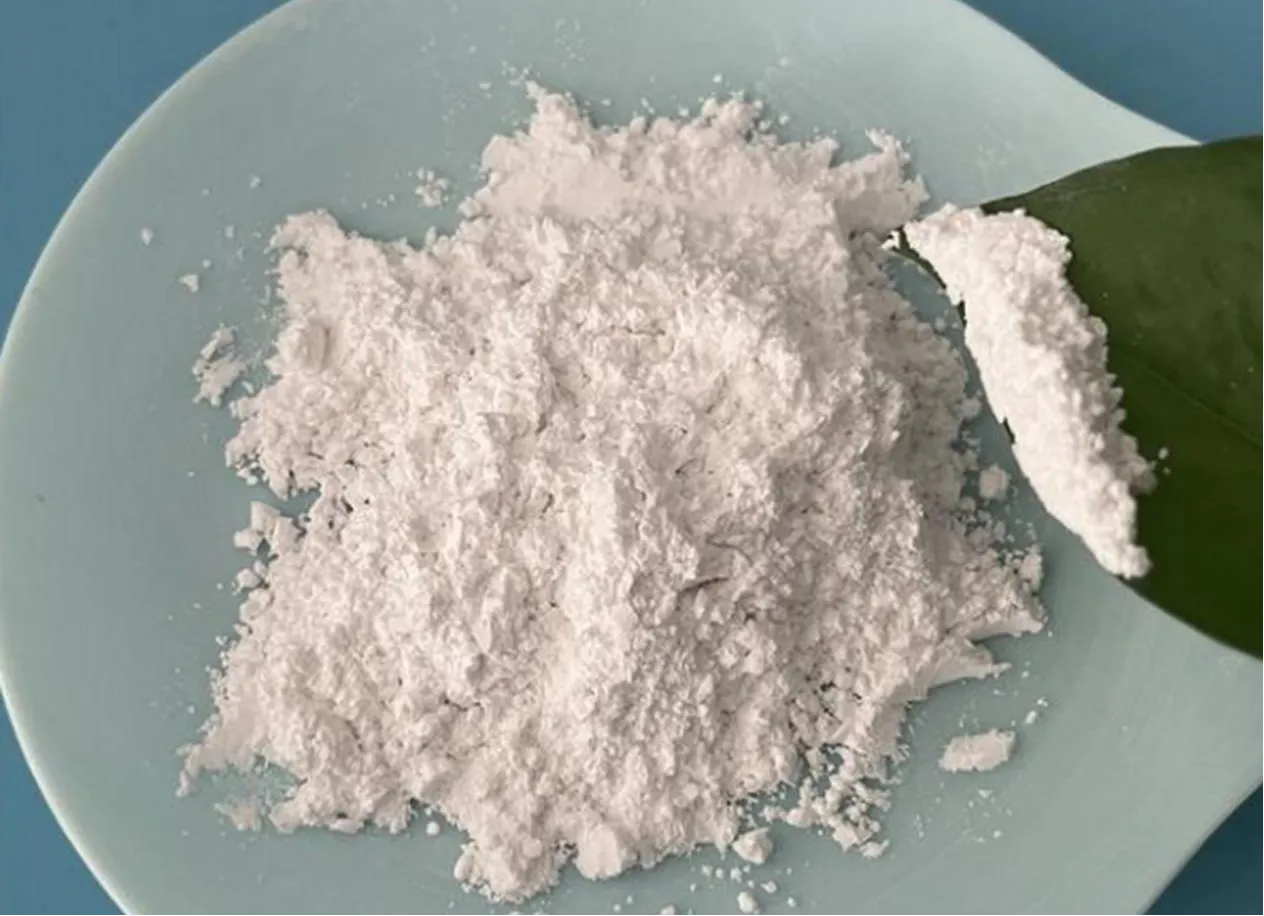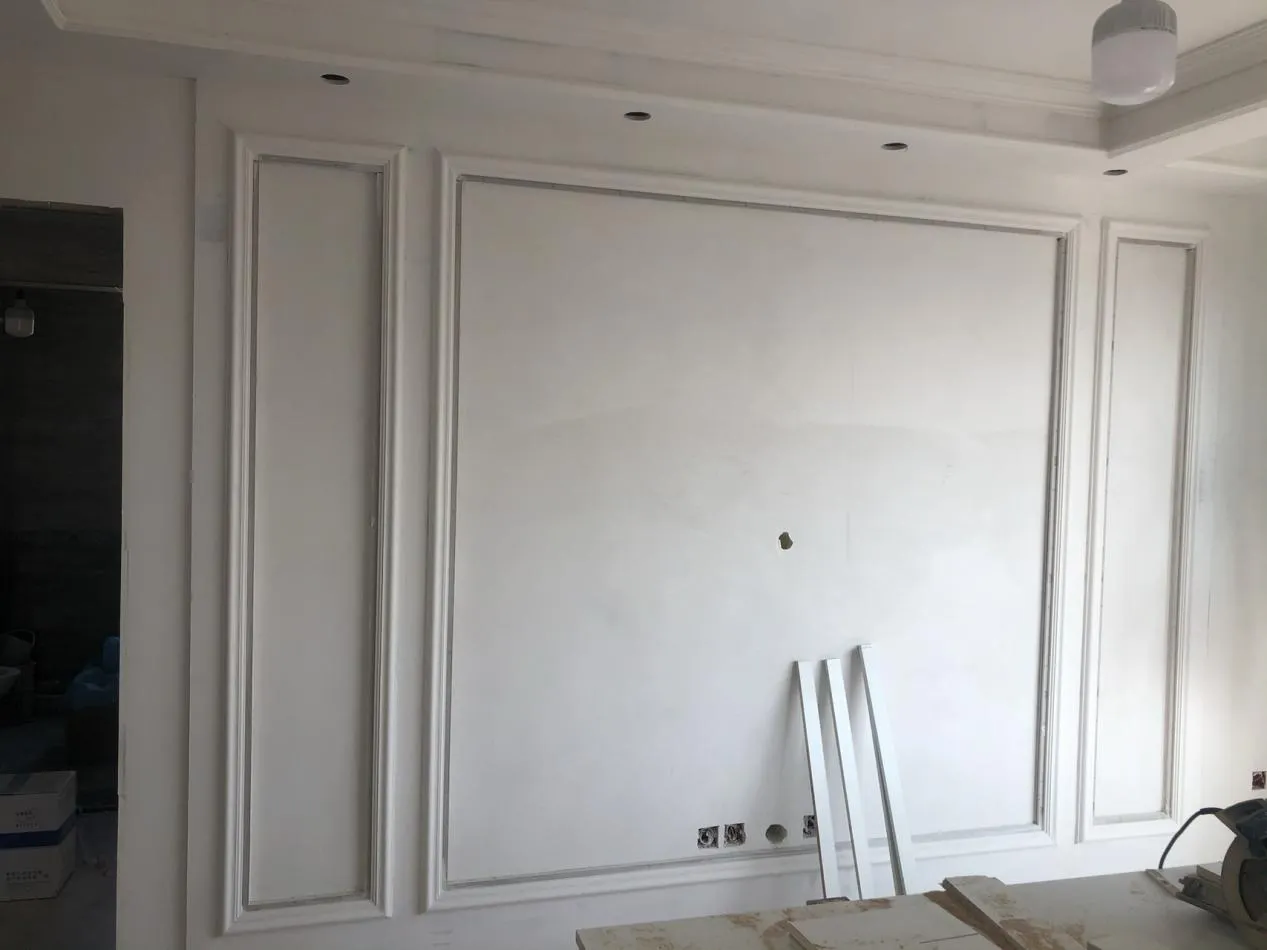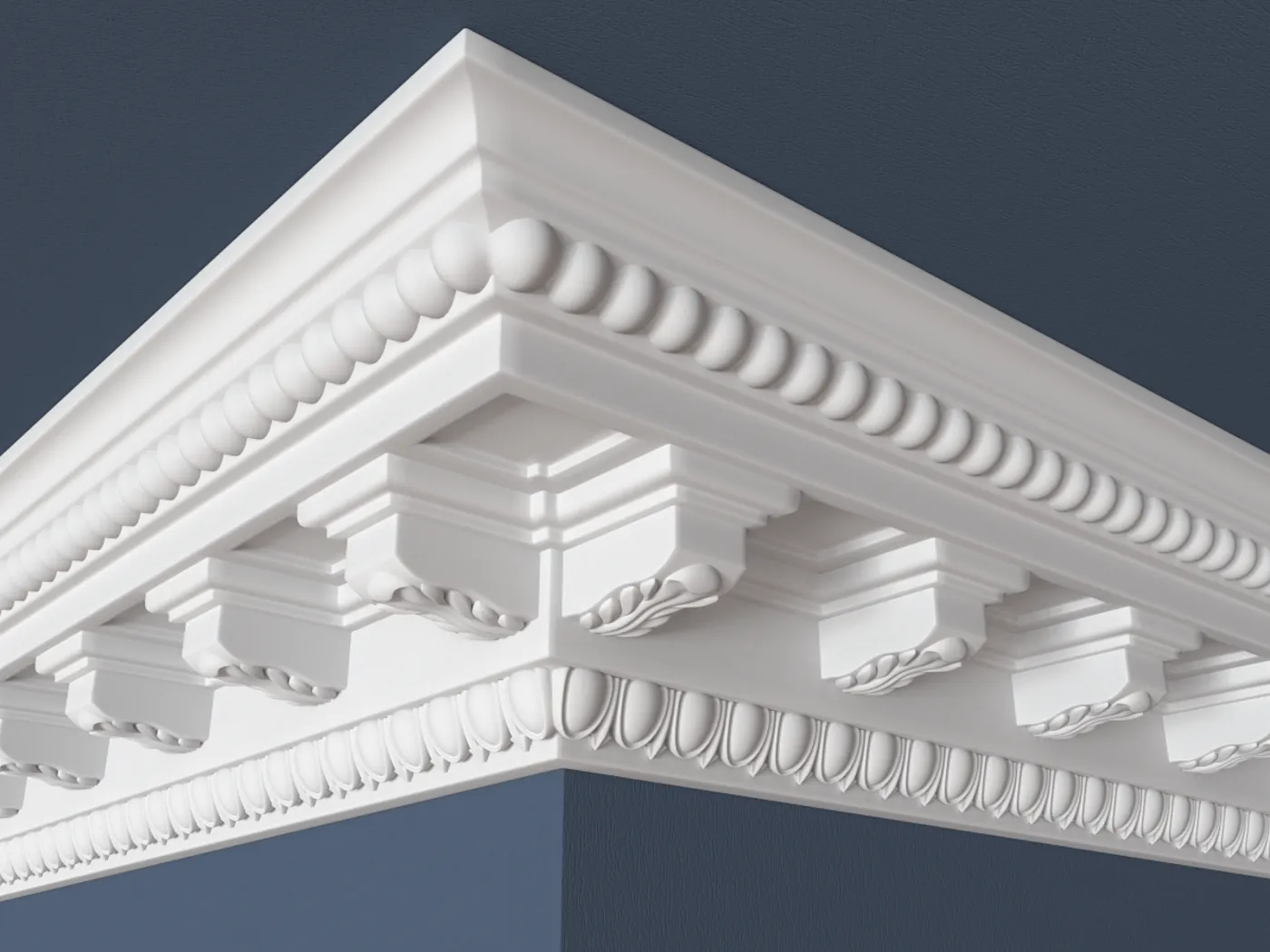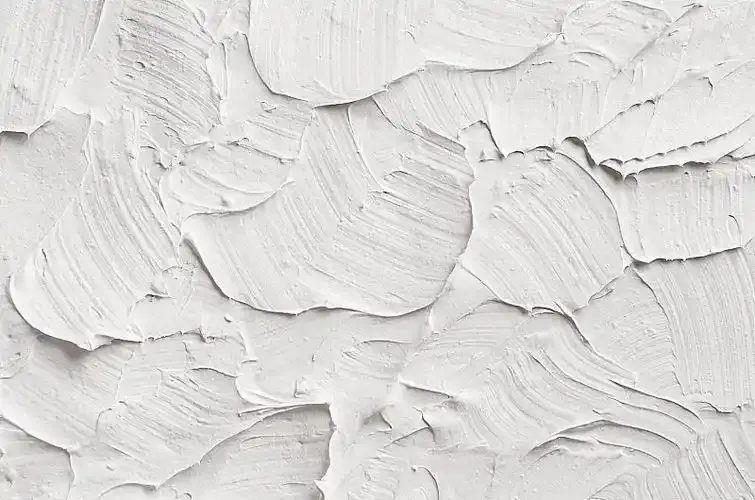
Gypsum Retarders and Accelerators in Plaster Applications
Gypsum Retarders and Accelerators: How They Work
Gypsum-based materials are widely used in construction due to their versatility, quick setting times, and smooth finishes. However, controlling the setting time of gypsum is critical for different applications. This is where additives like gypsum retarders and gypsum accelerators play an essential role in adjusting the workability of plaster and related products.

What Is a Gypsum Retarder?
A gypsum retarder is a chemical additive used to delay the setting time of gypsum-based materials. It is especially useful in large projects or intricate plaster applications where workers require extra time to mix, transport, and apply the product before it hardens. Examples include extratime plaster retarder, easy mix plaster retarder, and USG plaster retarder.
These retarders are vital in preventing premature hardening and ensuring a uniform finish in gypsum plastering, molding, and drywall installation.

What Is a Gypsum Accelerator?
In contrast, a gypsum accelerator speeds up the setting process of gypsum products. This is beneficial in cold weather conditions or when quick drying is needed to accelerate project timelines. Products like gypsum plaster accelerator are designed to provide rapid setting while maintaining the structural integrity of the plaster.
This raises an important question for many builders: gypsum is accelerator or retarder? The answer depends on the additive. Pure gypsum itself can act as a moderate set regulator, but with added chemicals, it can function as either a retarder or an accelerator.

Applications of Gypsum Retarders and Accelerators
Retarders in Gypsum Products
Retarders in gypsum products are widely used in applications like:
Plastering walls and ceilings: Products such as gypsum plaster retarder or retarder for plaster extend workability, allowing workers to achieve smooth and consistent finishes.
Casting and molding: In decorative elements or precast gypsum panels, retarders prevent premature setting, enabling precision in shaping.
Drywall production: During manufacturing, retarders help manage the setting time for consistent board formation.
Gypsum retarder applications ensure that even large-scale projects can be executed without cracks, cold joints, or imperfections caused by rapid hardening.

Accelerators for Fast Track Construction
On the other hand, gypsum plaster accelerator additives are ideal for:
Quick repairs: Accelerators allow fast patching of holes or cracks.
Cold weather application: Helps overcome delays caused by low temperatures.
High-speed projects: When time constraints demand a faster turnaround.
Builders often debate: gypsum is retarder or accelerator? The truth is gypsum can act as a base material for both; it depends on the formulation.
FAQs About Gypsum Retarders and Accelerators
What is a gypsum retarder, and where is it used?
A gypsum retarderis an additive that delays the setting time of gypsum plaster and related products. It is commonly used in plastering, molding, and drywall production to extend workability and prevent premature hardening.
What is a gypsum accelerator, and how does it work?
A gypsum acceleratorspeeds up the setting of gypsum-based materials, making it ideal for quick repairs and projects in cold weather where faster drying is needed.
Gypsum is retarder or accelerator?
Gypsum itself can act as a mild regulator of setting time, but with added chemicals, it can function as either a retarder or an accelerator depending on the formulation.
What are common gypsum retarder applications?
Gypsum retarder applicationsinclude wall plastering, decorative molding, drywall manufacturing, and large-scale projects requiring extended work time.
What is the difference between extratime plaster retarder and easy mix plaster retarder?
Both products delay the setting of plaster, but extratime plaster retarderprovides a longer delay for intricate work, while easy mix plaster retarder is designed for quick, simple mixing and moderate set time control.
Conclusion: Choosing the Right Gypsum Additive
Whether you need an extratime plaster retarder for extended workability or a gypsum accelerator for faster setting times, the right choice depends on your project needs. Understanding gypsum retarder applications and how retarder for plaster products perform ensures higher quality finishes and greater efficiency in construction.
In essence, gypsum can be adapted to serve as either a retarder or an accelerator, making it one of the most flexible materials in modern building. The key is selecting the appropriate additive to control the setting process and achieve the desired result.
-
Hydroxypropyl Starch as a Sustainable Construction AdditiveNewsNov.24,2025
-
The Gelation Properties of CMCNewsNov.21,2025
-
Redispersible Latex Powder and Water Retention CapacityNewsNov.21,2025
-
Dosage Control for Polycarboxylate Water ReducerNewsNov.21,2025
-
Film-Forming Properties of Polyvinyl AlcoholNewsNov.21,2025
-
The Function of Gypsum Additives in MortarNewsNov.21,2025





















